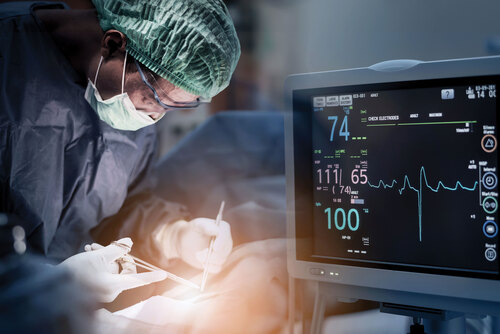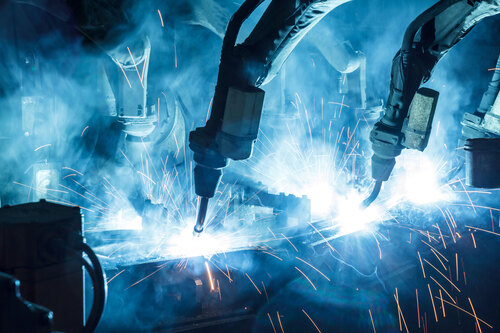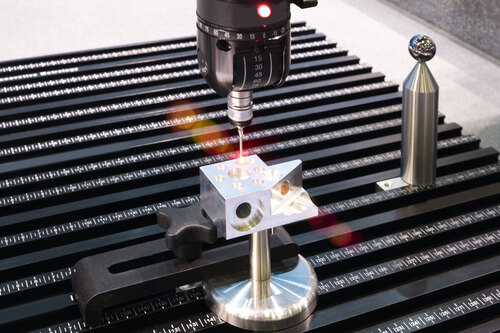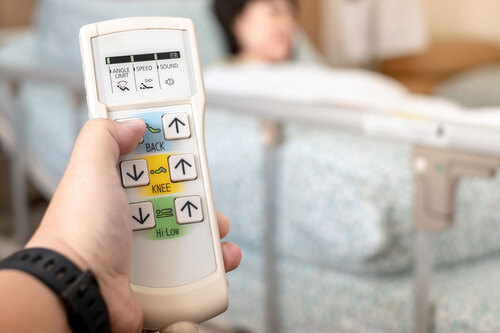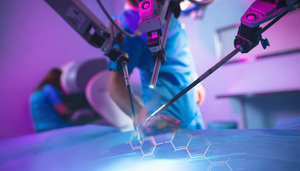
Robotic surgery, also known as robotic-assisted surgery is becoming ever increasingly popular primarily due to its less invasive nature. The name can be misleading but the robot itself doesn’t perform the surgical procedure; the surgeon is still in control of the decision-making process but uses the robot to carry out the fine movements during the procedure. Key benefits include increased visibility, precision, flexibility, and control. As the technology continues to evolve, the adoption and growth rate of robotic surgery is expected to increase. The global robotic surgery market is projected to be worth $20 billion by 2025.
There are several factors driving this growth. As mentioned before robotic surgery is less invasive than traditional surgery. Robotic arms are not limited by the same range of motion of a human wrist it can access the site requiring treatment through small incisions. Meaning that patients experience less pain and recover more quickly. One of the limiting factors in the quantity of patients that can be treated in a hospital per day, is how quickly patients can be discharged and sent home. Quicker recover rates would assist considerably with this, especially during times when the healthcare system is under significant pressure. The small incision also reduces the likelihood of foreign contaminants entering the body as the incisions are much smaller, which can reduce infection rates.
Robotic surgery was criticised for its high costs, and typically saved for use in niche treatments. However, as the technology has evolved and its cost per surgery has come down, the technology is finding new use cases and is becoming a viable option!
Robotic surgery is performed using a computer-assisted device that allows the surgeon to control the surgical instruments with great precision. The surgeon sits at a console near the patient and views a high-definition, three-dimensional image of the patient’s body. This method of viewing often provides the surgeon with improved visibility over traditional surgical methods. Larger hand movements can be translated into smaller precise movements by the robotic system, allowing surgeons to manipulate the robotic wrist into exact positions.
Traditionally for most of these procedures a long incision is made to allow access to the inner anatomy, this causes a long recovery process which may be avoided by using laparoscopic procedures which is ideally suited to robotic surgery. Additionally long incisions can cause excessive blood loss which could require blood transfusions during and following the procedure. Robotic-assisted surgery may reduce blood loss and improve recovery times.
The future is looking bright for robotic surgery. As the technology continues to evolve, we can expect even more applications and amazing things from this life-changing technology.
What are the power supply requirements to be able to keep up with this growing trend?
As robotic surgery is adopted in traditional operating room theatres, the demand and reliance on electrical power will increase. If the hospital's electromagnetic fields increase, they may disrupt medical equipment and communication systems.
One of the major sources of EMI (electromagnetic interference) are the switched mode power supplies used to convert power from AC to DC at the required voltage level. A key challenge is to maintain the low leakage current levels to adhere to MOOP and MOPP requirements, Therefore, using traditional methods to control EMI- such as filters between the power line and converter, or neutral to ground capacitors- is not possible. To meet both EMI and leakage current requirements in the medical field, power supplies must be selected or designed with these constraints in mind, often considering the application and environment.
Here at Display Technology we have a wide portfolio of products that meet medical standards (EN60601-1) and can provide additional customisation for applications. We also offer pre compliance testing and post-sales support to ensure EMC compliance. With a wide range of suppliers, we have access to some of the most reliable power converters in the field, providing exceptional MTBF (meantime between failures) in a wide variety of packages specific to the application needs.
Some of the many features included are "always-on" functionality, which ensures that the converter output is maintained even during tough operating conditions such as overtemperature, overload, undervoltage and overvoltage. This kind of feature will allow the robotic and other vital systems to maintain operation until a UPS system is able to provide power. We are also able to offer configurable and multiple outputs to provide different voltage levels to support multiple systems simultaneously. For applications such as MRIs or other areas with high magnetic fields, we have coreless converters designed for this purpose.
Click here to view our range of medical power supplies
